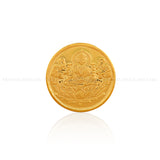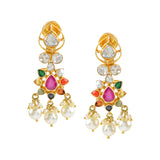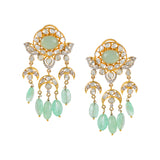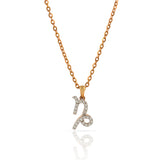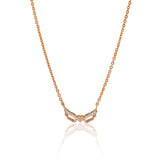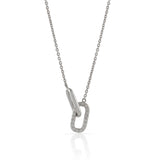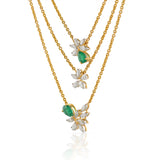The price of a ruby or an emerald can vary significantly based on several factors, including their quality, size, color, clarity, and origin. Generally, high-quality natural rubies tend to be more expensive than emeralds, but there are exceptions depending on the specific characteristics and rarity of each gemstone.
The main reasons why rubies are often more expensive than emeralds are:
Rarity: Fine-quality rubies are rarer to find than emeralds of comparable quality. True, top-quality rubies with an intense red color and excellent transparency are exceptionally scarce, making them more valuable in the market.
Demand and Popularity: Rubies have been historically associated with passion, love, and power, making them highly sought-after gemstones for centuries. The demand for rubies in the market has contributed to their higher prices.
Color: Rubies with a deep red color, often referred to as "pigeon's blood" red, are the most valuable. The finest rubies display a vivid red hue with a tinge of blue, and such exceptional color intensity can significantly increase their price.
Treatments: Both rubies and emeralds might undergo treatments to enhance their appearance, but in the case of rubies, heating is a common practice accepted in the trade. Heat treatment can improve the color and clarity of rubies, but untreated and unheated rubies command higher prices.
It's important to note that there are many grades of both rubies and emeralds, and not all stones are equal in value. Some emeralds, particularly those with exceptional color, size, and minimal clarity enhancements, can also be extremely valuable.
Ultimately, the relative cost of rubies and emeralds can fluctuate due to market forces, availability of high-quality gemstones, and shifts in consumer preferences. When buying gemstones, it's essential to consider their individual characteristics and to rely on reputable sources to ensure that you are getting a fair and accurate valuation.

